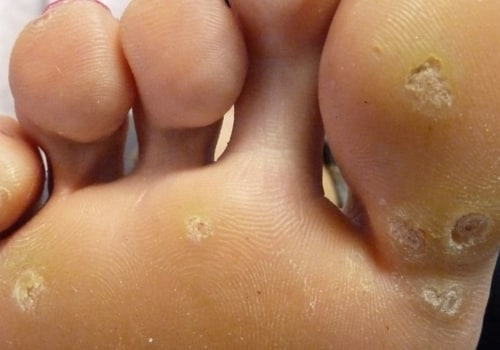When a high-risk HPV infection persists for many years, it can cause cell changes that, if left untreated, can worsen over time and turn into cancer. In most cases (9 out of 10), HPV goes away on its own within two years without health problems. However, when HPV doesn't go away, it can cause health problems, such as genital warts and cancer. Research has found a significantly higher risk of developing anogenital cancers (especially HPV-related cancers) in patients with genital warts.
There was also a moderate increase in the risk of smoking-related, lung, liver, kidney and prostate cancers. Men with genital warts had a slightly higher risk of developing cancer everywhere compared to women.Human papillomavirus (HPV) is the most common sexually transmitted infection (STI) in the United States, with approximately 14 million cases diagnosed each year. There are more than 150 strains of HPV, of which more than 40 can cause cervical cancer (high-risk) and genital warts (low-risk). It is important to note that the types of HPV that can cause genital warts are not the same as the types that can cause cancer.
You can reduce the risk of both by following these steps: get vaccinated against HPV; practice safe sex; and get regular checkups.If left untreated, some strains of HPV can cause cellular changes in the body that can cause cancer. The most common type of HPV-related cancer is cervical cancer, but HPV infection can also cause cancer in the vulva, vagina, penis, anus, or back of the throat. For women, the doctor may perform a colposcopy to detect genital warts on the cervix that are too small to see with the naked eye or to detect precancerous changes in the tissue of the cervix, vagina, or vulva. It could also be explained by infection with oncogenic and non-oncogenic types of HPV since they share similar exposure conditions, routes of transmission and risk factors in patients with genital warts compared to the general population.A study conducted in Taiwan aimed to analyze the relative risk of developing malignant tumors among Taiwanese men and women diagnosed with genital warts.
Of patients with smoking-related cancers, 77.18% developed malignancies within 5 years after diagnosis of genital warts. The highest incidence of genital warts in both sexes peaked between 20 and 29 years of age, with 0.18 cases in men and 0.32 cases in women per 100 person-years. Women contracted genital warts earlier than men, around 4 years, with an average age at diagnosis of 32.63 ± 12.78 years. The development of most malignancies (60 to 80%) occurred within 5 years of the diagnosis of genital warts.
In addition, there was also a moderate increase in the risk of liver cancer (SIR 1.78), colon cancer (SIR 1.72) and prostate cancer (SIR 2.40) after the diagnosis of genital warts.Genital warts look like small bumps in the genital area but they vary in size, shape and appearance. It is clear that if left untreated, some strains of HPV can cause cellular changes in the body that can lead to cancer. To reduce your risk for both genital warts and cancer caused by HPV infection you should get vaccinated against HPV; practice safe sex; and get regular checkups.










